National Museum of Scotland celebrates 150 years
This article contains affiliate links. We may earn a small commission on items purchased through this article, but that does not affect our editorial judgement.
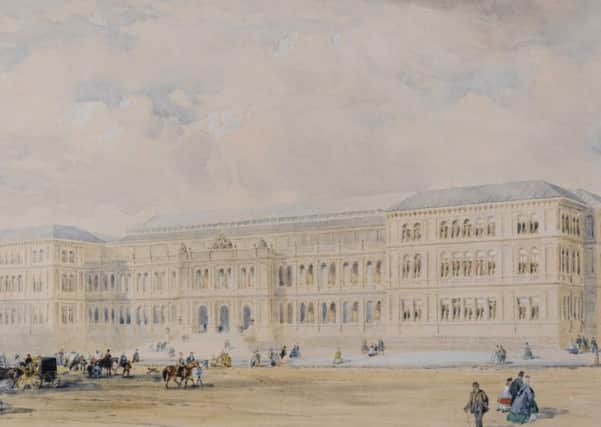

And as the National Museum of Scotland prepares to celebrate its landmark birthday on Thursday, director Dr Gordon Rintoul believes the Chambers Street landmark remains as much about the present and the future as it does the past.
It is, he believes, how the museum’s founder Dr George Wilson would have wanted it.
Advertisement
Hide AdAdvertisement
Hide AdDr Wilson believed passionately in creating a very modern museum for Scotland that would hail achievements in science and technology - as well as display finds from across the globe. He famously called on expatriates to return home with objects from their adopted lands.
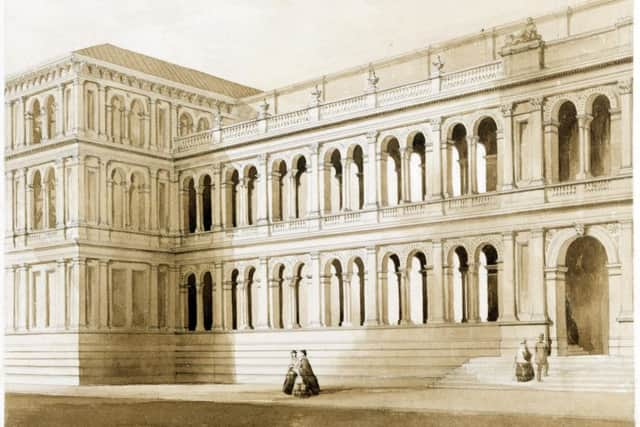

“The museum has never just been about Scotland. It is very much a museum about the world,” Dr Rintoul said.
He added: “The museum isn’t stuck in the past and the exhibits are not just about the past. They are about the present and we are actively collecting objects that will go on display in the future.
“I guess the museum today is testament to what Dr Wilson set out to do.”
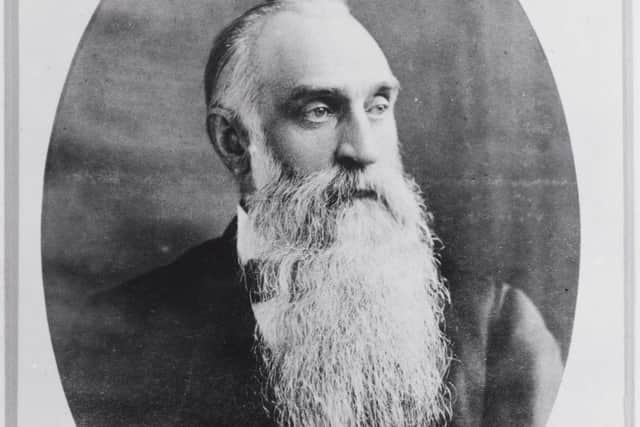

Advertisement
Hide AdAdvertisement
Hide AdAmongst its vast displays are a catalogue of world firsts, from Baird’s televisor to Dunlop’s pneumatic tyre, Holden’s motorbike - and a stuffed Dolly the Sheep, a potent symbol of advances in cloning.
This summer, new additions in the 10 new galleries built to mark the anniversary - which will show decorative arts, fashion and science - include ceramics by Picasso, a 100-piece silver gilt travelling set made for Napoleon’s sister and clothes designed by Vivienne Westwood.
Sadly, Dr Wilson, a doctor and chemist, never lived to see the opening of the first section of the museum- then known as the Industrial Museum of Scotland - in 1866.
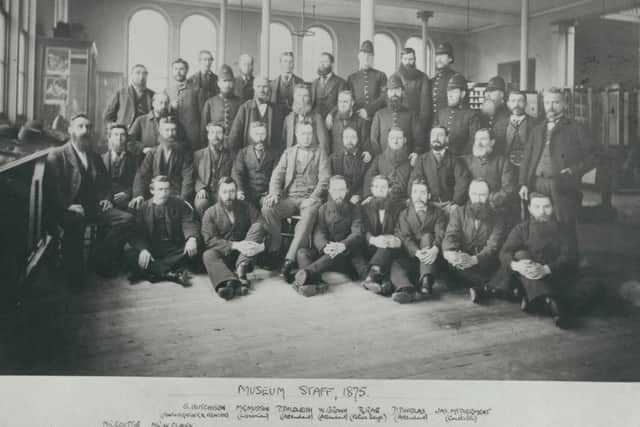

Its creation was much anticipated, with Prince Albert laying the foundation stone five years earlier with a huge pyrothechnics display topping off the ceremony.
Advertisement
Hide AdAdvertisement
Hide AdThe museum collection now holds an incredible 12 million objects, from tiny insects to archaeological finds and relics of Scotland’s heavy industrial past the vast majority kept in new state-of-the-art stores in Granton.
For Dr Rintoul, there are two exhibits which he finds himself returning to time and time again. The first is Dolly the Sheep and the second is those connected to the “great Scottish scientist”, the late Sir James Black, who invented the heart drugs beta blockers.
“Dr Black was given the Nobel Prize for his discoveries and he really has saved millions of lives around the world. It is such a human story. Then you have Dolly the Sheep who symbolises a whole new branch of science, the benefits that are starting to flow through,” he said.
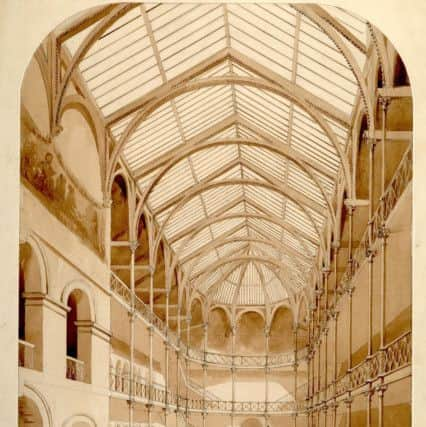

Dr Rintoul added: “Scotland has been at the forefront of innovation and discovery and we have a huge number of world firsts. That is something that Scotland should certainly be proud of.”
Advertisement
Hide AdAdvertisement
Hide AdAs he reflects on the anniversary, Dr Rintoul said that the museum will “certainly be here” in another 150 years time.
.
“What will be on display, who knows?
“Our jobs really is to collect things today that are important. It is down to future generations to make their choices as to what will go on display. It’s a tricky business, deciding what we collect today for tomorrow,” he said.
DOWNLOAD THE SCOTSMAN APP ON ITUNES OR GOOGLE PLAY
